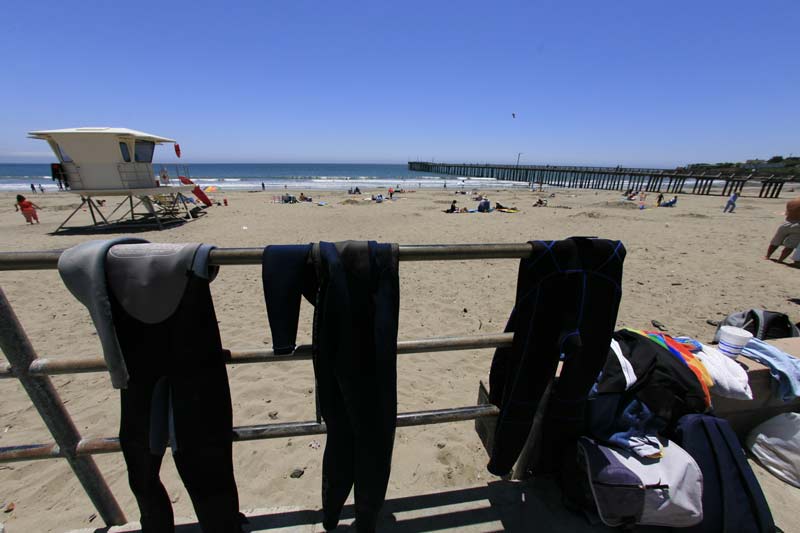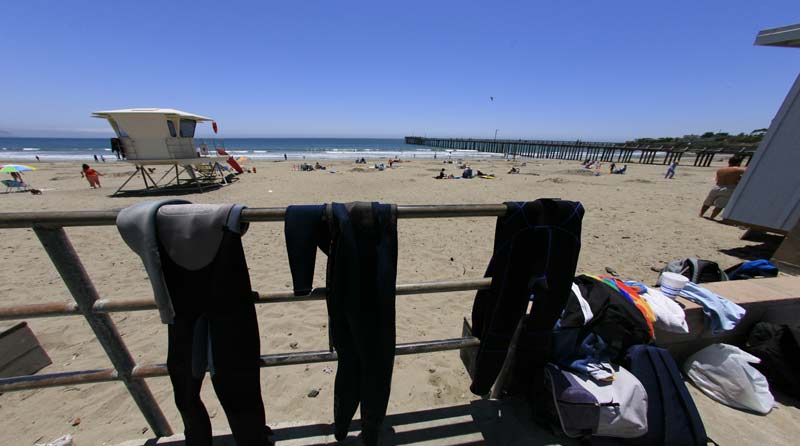You can have regular or widescreen flavors.
It’s no great secret that I am very excited after my early experiences with the Canon full frame fisheye lens and ImageAlign software. I discipline myself to think ‘hyper wide’ by venturing out with just the 5D and the fisheye. It’s not a rational step from 24mm to 12mm but rather a completely different way of thinking.
As I have been experimenting with that wonderfully sharp and flare free Canon lens, I have been learning how best to place the subject in the frame so as not to lose things once ImageAlign ‘de-fishing’ is applied. I rarely leave the image with its original fisheye look as it’s a gimmick which gets tiresome quickly. The fisheye + ImageAlign results in a lens with an effective focal length of some 12mm on the full frame 5D.
On a few occasions I have been frustrated with losing corner details using ImageAlign’s adjuster which retains the original aspect ratio of the image when removing the lozenges disclosed at the top and bottom of the frame once ImageAlign is used. Phew! That’s a mouthful. To make things clear, here’s an original fisheye image from my beach series:

Wet suits, Cayucos Beach. Canon EOS 5D, 15mm fisheye, ‘de-fished’ with ImageAlign.
I was just inches from the wet suits when taking this! Someone saw me taking the picture and, judging from their reaction, must have concluded that I was some sort of rubber fetishist, as a regular camera would have captured just part of one of the suits. What we do in the cause of photographs….
Now apply the ImageAlign slider to remove the white spaces (in this example I also had to apply 3.5 degrees of rotation to get the sea level, hence the strange shape of the white sections) and this is what you get:

Wet suits, Cayucos Beach. Canon EOS 5D, 15mm fisheye, white spaces removed.
The image remains in 3:2 format, like that of the 5D’s sensor. But lots of edge details have been lost.
So rather than use ImageAlign’s correction, I took the first image and cut out a rectangle to get rid of the white spaces, but preserving the full width of the image:

Wet suits, Cayucos Beach. Canon EOS 5D, 15mm fisheye, cropped in Aperture.
Quite a difference. And guess what? The proportions are roughly 1.79:1. Now widescreen is 16:9 or 1.78:1 (what you can get with the Panasonic Lumix LX1’s sensor) so you end up with a widescreen de-fished image which preserves far more edge detail – ‘wideness’ if you like – than the constant image ratio version from ImageAlign. Plus that wide look really goes well with beach and sea scenes! If you print to, say, 24″ wide, the image height will be 13.4″. Oh! and your 12mm ‘rectilinear’ fisheye just became a 10mm full frame wide angle lens.